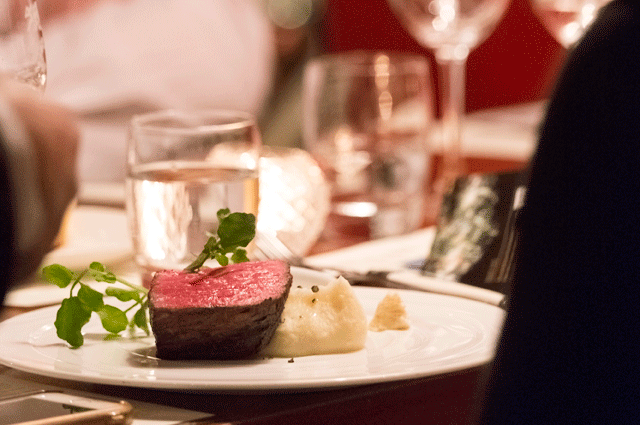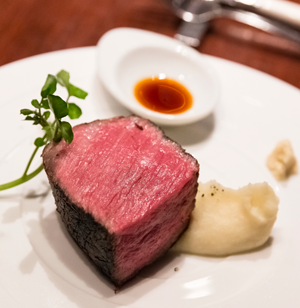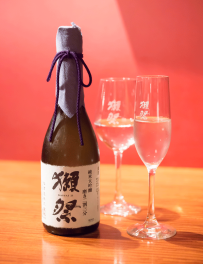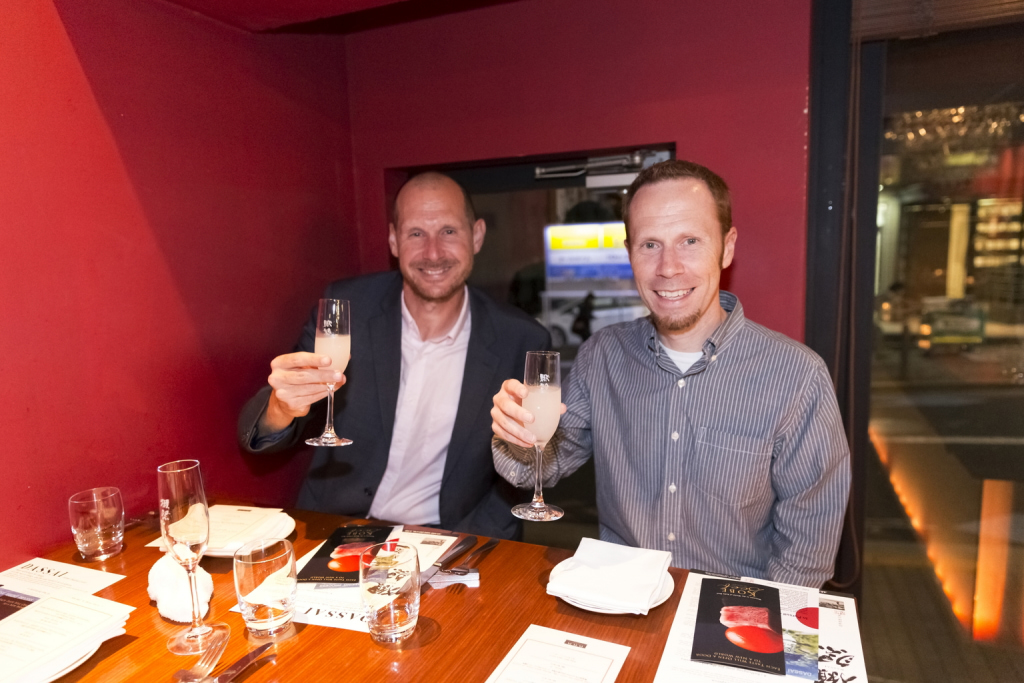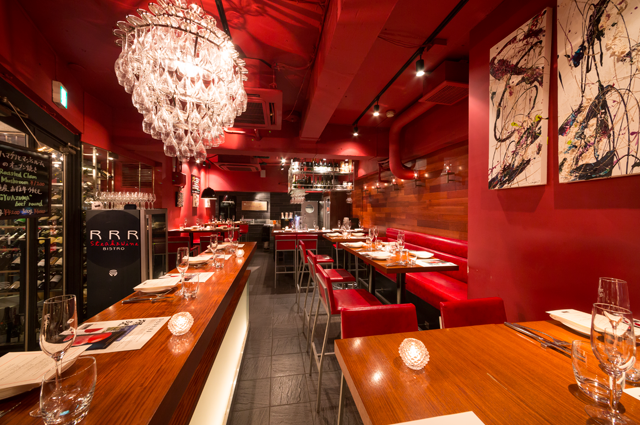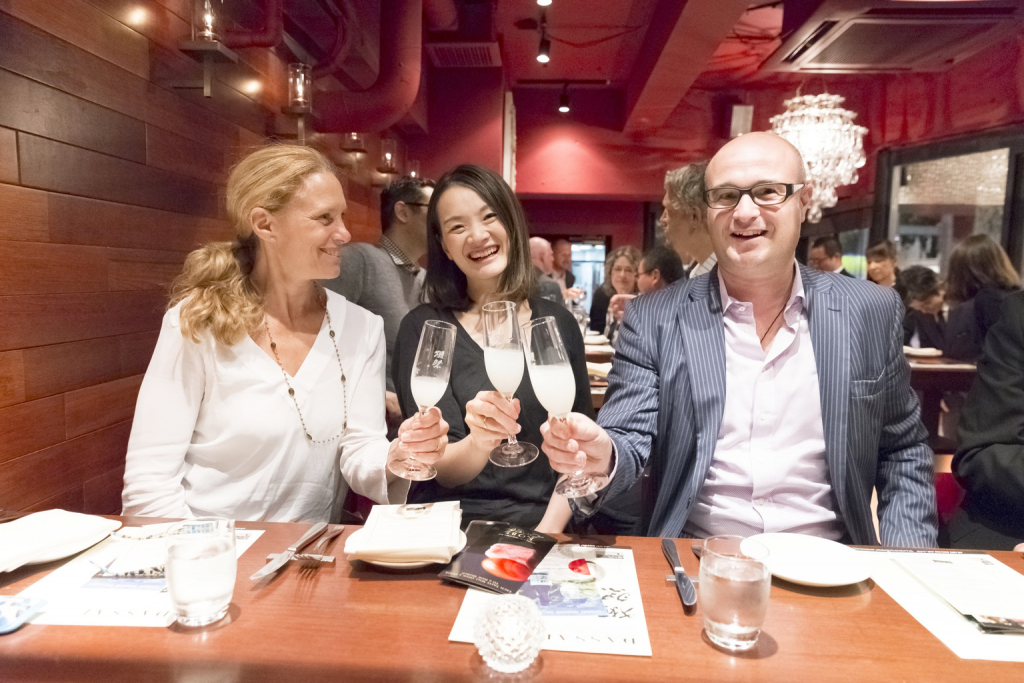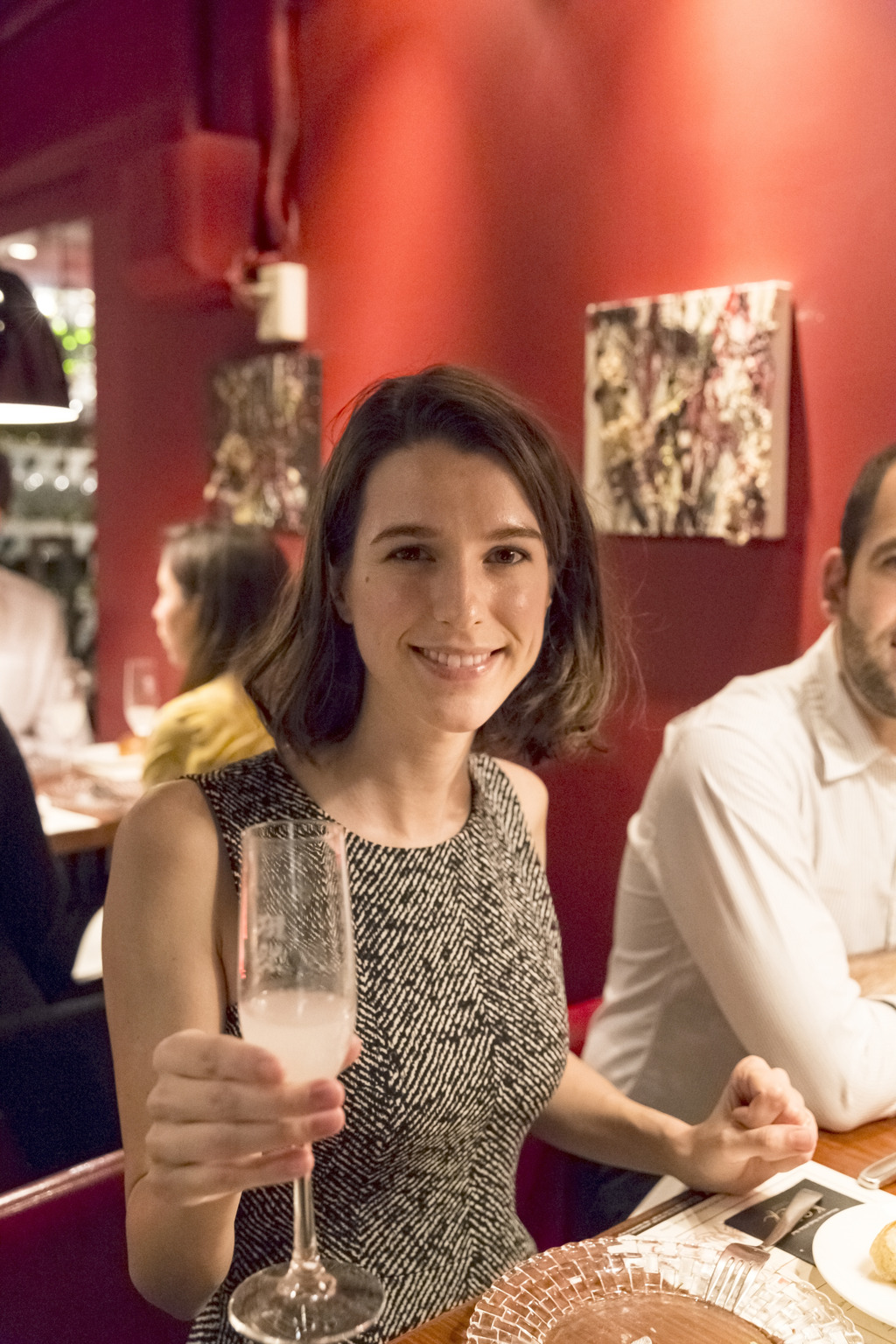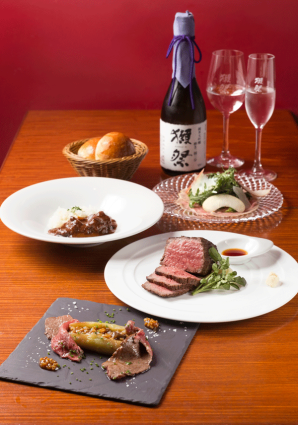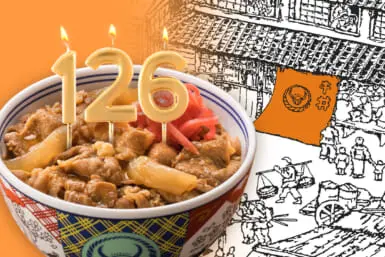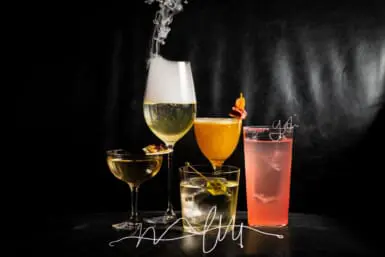If you think that the rich flavor of Kobe beef can only be paired with a full-bodied red, take a sip of sake and think again.
An inviting yet unassuming restaurant nestled in one of Tokyo’s busiest party districts, Roppongi’s RRR Bistro has been garnering attention and building a reputation for a few years now. Their wine and cheese selection is remarkable, but the real draw here is the beef. RRR serve some of Japan’s best-known wagyu: Kobe beef.
Most readers would be familiar with wagyu (the name translates simply to “Japanese beef”). It’s a high-end product made from cattle that are genetically predisposed to intense fat marbling. The flavor is rich, and the meat is tender. However, many people, and especially those outside of Japan, assume that Kobe beef and wagyu are the same thing, and use the terms interchangeably. This common misconception is easily put to bed by remembering the phrase, “All Kobe is wagyu, but not all wagyu is Kobe.”
To achieve the lofty classification of “Kobe beef” is no easy feat. Even among “Tajima-gyu” cows (a special type of black wagyu cattle from Hyogo Prefecture raised by designated producers), there are only a select few that satisfy the strict criteria to receive the title of “Kobe beef.” Not only do the cows come from a purebred seedstock lineage, throughout their lives, they are given fresh, clean water, the very best feed, and raised in a stress-free, relaxing environment. All of these factors result in meat with a Beef Marbling Score (BMS) of no. 6 or higher – a minimum requirement for classification as Kobe beef.
Kobe beef is revered in Japan and around the world, and it is said that it melts in your mouth (one feature of Kobe beef is that its fat content melts at low temperatures). Generally, wagyu is most commonly paired with wine: for example, a good Cabernet Sauvignon complements the sumptuous flavor profile nicely. However, what might come as a surprise is that nihonshu (sake, as it’s more commonly known outside of Japan) also goes very well with the tender meat, and RRR Bistro has an enviable selection available.
Sake is made of only four ingredients: rice, water, koji mold and yeast. The broad array of subtleties in flavor and aroma are therefore heavily reliant on each ingredient being carefully selected and prepared. Perhaps most importantly, the sake classification system is depends on how much of the rice grain has been polished away before the fermentation process begins.
For example, Dassai, a well known sake brewer based in Yamaguchi Prefecture, begins their production using a high quality sake-brewing rice called “Yamada Nishiki.” The rice is then milled to at least 50% (sometimes much less) of its natural size to expose the fermentable starches that lie beneath. The more the rice is milled away, the more fat and protein is removed. Rice with different percentages of its outer layers milled away result in varying complexities of flavor which make them more suitable for pairing with different dishes.
The art of pairing different sake and meat flavor profiles was brought to a flavorful example recently during a special event held at RRR Bistro in conjunction with S Foods Inc. (the restaurant’s supplier of Kobe beef) and Dassai. A group of international diners hailing from America, the UK, Australia, Israel and Italy were able to experience the unique pairings for themselves and taste just how versatile sake can be. Four courses were served alongside suitable sakes, with detailed explanations from the restaurant’s head chef, Tomoki Watanabe, S Food Inc.’s Sales Manager in Charge of Kobe Beef Daisuke Terao, and Dassai’s Executive Vice President Kazuhiro Sakurai.
First up was smoked ham with apple salad, garland chrysanthemums and Parmesan cheese served with the light and unfiltered Dassai sparkling 50 (denoting the fact the rice used is milled down to 50% of its original size).
Next was broiled round tip, eggplant kinzanji miso and consommè accompanied by Dassai 23, which, as Sakurai explained, is the sake that really defines Dassai as a company. Made with rice that has been polished to 23% of its original size – the highest degree of milling of any sake in the world – it is a sake with especially elegant, subtle and delicate flavors and aromas.
The third course of charcoal-grilled Kobe steak and truffle-infused mashed potato was matched with another of Dassai’s specialties, Dassai 39 – which sits between the first two options for how much it is polished and stands out for its wine-like acidity and fruity flavors.
The last dish was a spicy Kobe beef curry dish – an unexpected highlight of the evening, thanks to its perfectly balanced flavor and some of the most tender beef of the night.
As one of Tokyo’s leading and most reasonably priced Kobe beef specialty restaurants (100g of grilled chuck-rib dry aged for 25 days starts at ¥2,550), this was a welcome opportunity to learn about the versatility and manufacturing process of both sake and Kobe beef.
With plenty of restaurants around the world (perhaps inadvertently) claiming that they serve Kobe beef without the genuine certifications in place, it’s definitely worth seeking out the real deal and experiencing the difference in taste and texture for yourself and RRR Bistro certainly makes the grade.
For a limited time, sample the same menu:
–Smoked Ham with Salad of Apple, Garland Chrysanthemums and Parmesan cheese
–Broiled Round Tip Eggplant
–Kinzanji-Miso and Consommè
–Charcoal-Grilled Top Round 150g Truffle Flavored Mashed Potato
–Kobe Beef Spicy Curry
¥7,000 (does not include sake)
¥12,000 “Mariage Course” (includes sake)
RRR Bistro: 1F, 5-9-22 Roppongi, Minato-ku, Tokyo | Tel: 03-6804-1938
Web: www.bistro-rrr.com
RRR KobeBeefSteak: 10F, 3-15-22, Roppongi, Minato-ku, Tokyo | Tel: 03-6804-2858
Web: www.bistro-rrr.com/kobebeef/
Sponsored Post

